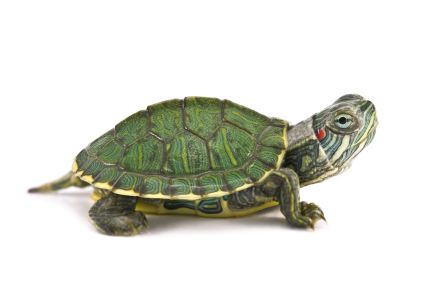The English language has a lot of quirks. Other than onomatopoeic words or auto-antonyms, English has something called blends. Do you know the meaning of the verb 'blend' ?: It means 'to mix two or more things together'. You can use a blender to mix different types of ingredients to make a milkshake, for example. In fact, in the English language, amazing though it may sound, you can also blend words. Blend words (also called 'portmanteau words') are hybrid words consisting of two or more words. However, when you blend words, the same as when you mix other ingredients, one or both words are somehow shortened and lose some letters (the ingredients inside a blender, they lose part of their nature). The usual thing is that you take one initial syllable from the first word and the final syllable of the second word, but this process doesn't always work like this and there might be some variations.
Surprised ? You shouldn't be. Blending words is something we do from time to time. Imagine you set up a business with a friend of yours and you decide to name that business after both your names. Marily would be a nice blend consisting of the names of Mary and Emily. The high school where I work has a blogsite called "Calibea", a blend between Calisto and Melibea. Haven't you done this operation yourself? Remember when you were a child and there were some creatures called Pokémon ? Here you have two examples of blends:
Charmeleon = char + chameleon (1)
Squirtle = squirrel + turtle (2)
English has plenty of blends. In fact, we use some of these every day without acknowledging that they are, in fact, blends. Lots of these words are found in the field of technologies. The need to create and invent new words for brandly new technological items lead to the blending of words. In addition, when choosing a name for a new company or product, the technique of blending words often come in handy. Let me show you some examples:
Internet = international + network
camcorder = camera + recorder
satnav = satellite +navigator
blog = web + log
cyborg = cybernetic + organism
favicon = favourite + icon
email = electronic + mail
malware = malicious + software
spyware = spy + software
wifi = wireless + fidelity
Wikipedia = wiki + encyclopedia
emoticon = emotion + icon
simulcast = simultaneous + broadcast
webinar = web + seminar
webisode = web + episode
moped = motor + pedal
The art of blending is not exclusive in the field of technology. It has also invaded our everyday worlds as you can see with the examples down below:
smog = smoke + fog
brunch = breakfast + lunch
Oxbridge = Oxford + Cambridge
banoffee = banana + toffee
Spanglish = Spanish + English
spork = spoon + fork
motorcade = motor + parade
biopic = biographical + picture
motel = motor + hotel
sci-fi = science + fiction
docudrama = documentary + drama
Mixing words is a fun and funny way to create and invent new words: I can invent the word 'housebot' to refer to a robotic house, for instance, or the word 'lighcil' to refer to a pencil which provides light. My personal aim with this blog entry is that you contribute by saying more blends and that, like me, you invent new words using the fabulous technique of blending. Please do ! And post the words in your comments !
P. S. Here you have some exercises about blends for you to practise. Good luck !
P. S. Here you have some exercises about blends for you to practise. Good luck !







ReplyDeleteThanks for sharing such amazing post
blend brand